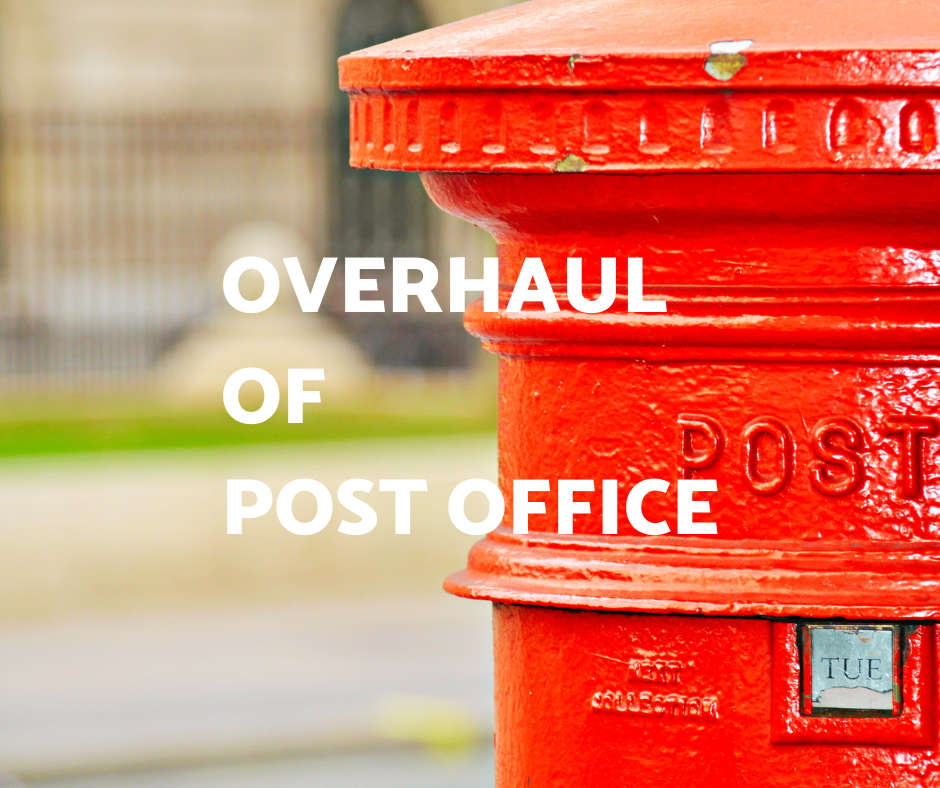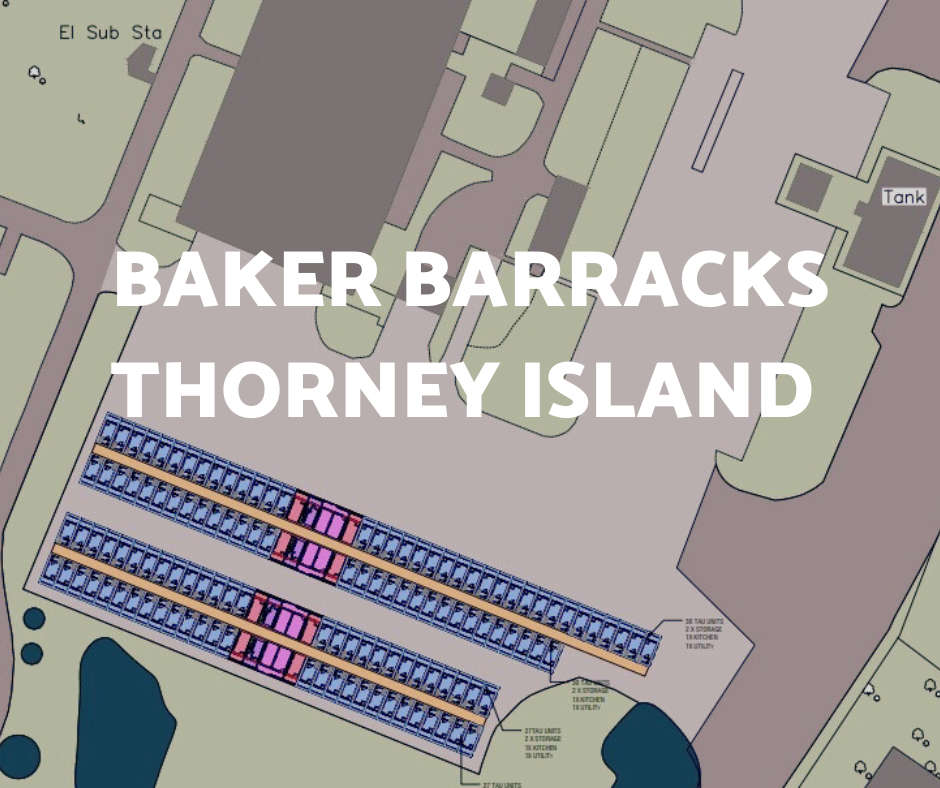
The Post Office has announced a major overhaul of its operations, which could threaten branches in the South.
Chairman Nigel Railton's review threatens up to 115 branches, including those in Portsmouth city centre and Hove.
The proposed changes may involve transferring some branches to retail partners or sub-postmasters, along with plans to increase the profit share for sub-postmasters.
While change is afoot, here is the history of the Post Office in the UK:
The Post Office dates back to 1516, when King Henry VIII established the office of "Master of the Posts," creating an organised system to carry royal and government correspondence across England. By the 17th century, the postal service expanded to serve the public, and in 1660, under King Charles II, the General Post Office (GPO) was formally established. This marked the beginning of a national network, allowing people across the country to send letters and parcels.
Throughout the 18th and 19th centuries, the Post Office grew rapidly, fueled by innovations like the Penny Black, the world’s first postage stamp, introduced in 1840. This innovation made mail more accessible and affordable, leading to a boom in postal communications. The Post Office also diversified, adding services like savings accounts (1861), telegraphs, and, eventually, telephone services.
The 20th century brought major changes, including the separation of postal and telecommunications services in 1969, creating what later became British Telecom. In 2001, the Post Office was restructured as a separate entity, focusing primarily on postal services, banking, and retail. Today, while adapting to digital communication, it remains a cornerstone of British life, providing essential services across the UK.

 Leigh Park man found guilty of 28 sexual offences spanning over more than 40 years
Leigh Park man found guilty of 28 sexual offences spanning over more than 40 years
 Police investigating exposure incident in Bognor
Police investigating exposure incident in Bognor
 Boy, 13, robbed of £2,500 bike in Burgess Hill
Boy, 13, robbed of £2,500 bike in Burgess Hill
 Hampshire County Council on the way to going bankrupt
Hampshire County Council on the way to going bankrupt
 Baker Barracks plans in Thorney Island
Baker Barracks plans in Thorney Island
 Portsmouth is set to become an ‘Inclusive Recovery City’
Portsmouth is set to become an ‘Inclusive Recovery City’
 Bracklesham man jailed for vicious domestic abuse
Bracklesham man jailed for vicious domestic abuse
 Worthing Borough Council joins the City of Sanctuary movement
Worthing Borough Council joins the City of Sanctuary movement
 Gosport prolific shoplifter jailed and given Criminal Behaviour Order
Gosport prolific shoplifter jailed and given Criminal Behaviour Order
 Sussex leaders invite Secretary of State to see first-hand the importance of the A27
Sussex leaders invite Secretary of State to see first-hand the importance of the A27






